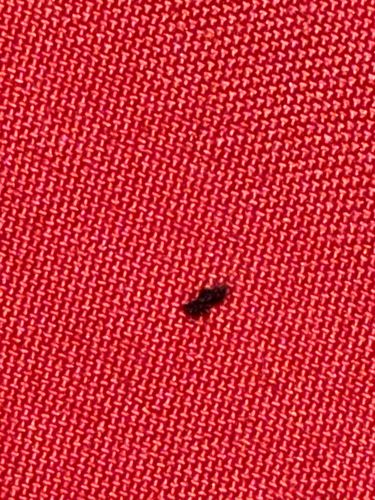Flea
Scientific Name: Siphonaptera (order), various families
Order & Family: Order: Siphonaptera, Family: Pulicidae (most common for pests)
Size: 1.5 mm to 3.3 mm (about 0.06 to 0.13 inches)

Natural Habitat
Fleas are ectoparasites that live on the bodies of warm-blooded animals (mammals and birds) and within their nests, bedding, or other environments where hosts frequent. They thrive in warm, humid conditions.
Diet & Feeding
Adult fleas feed exclusively on the blood of their hosts. Larvae feed on organic debris, including adult flea feces (which contains undigested blood).
Behavior Patterns
Fleas are excellent jumpers, able to leap great distances relative to their size. They are attracted to warmth, vibrations, and carbon dioxide, which signal the presence of a host. Their life cycle includes egg, larva, pupa, and adult stages. The pupal stage can be very resilient and can remain dormant for extended periods until a suitable host is detected.
Risks & Benefits
Potential Risks: Fleas can cause intense itching, skin irritation, and allergic reactions (flea allergy dermatitis) in humans and pets. They can transmit diseases such as murine typhus and tapeworms (Dipylidium caninum) to pets and, less commonly, to humans. In historical contexts, they were vectors for the bubonic plague (via oriental rat fleas). Potential Benefits: None significant for humans or the ecosystem, as they are primarily considered pests and parasites.
Identified on: 9/7/2025